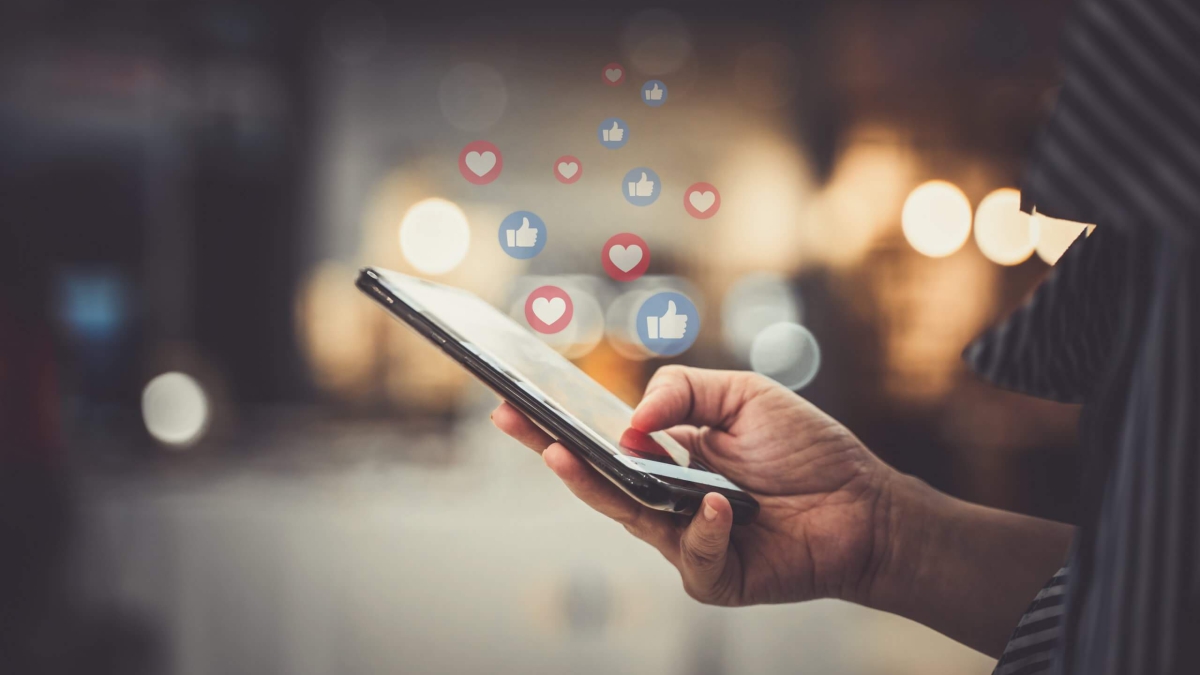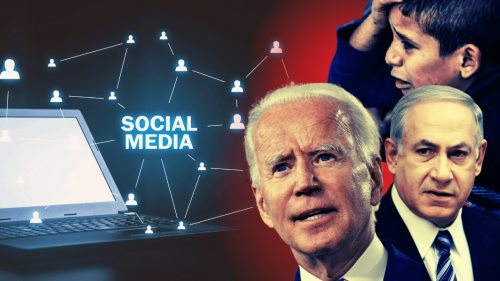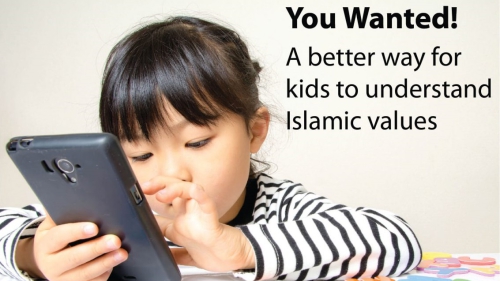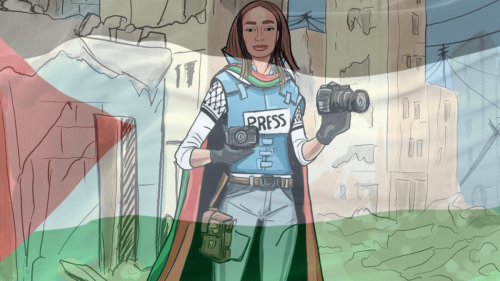Mental Wellness and Social Media

The advent of social media has had a major impact on our lives. It enables us to make new friends and rekindle old friendships. It gives us the opportunity to show beautifully curated photographs of our loved ones, hobbies, and interests. Attending virtual meetings and discussions on Zoom has helped us cut down on gas spending and time stuck in heavy traffic.
However, every invention is a double-edged sword bringing the good with the bad. While the positive aspects of social media bring us closer together, social media has also earned a negative reputation due to the impact it has on our mental health. As we explore our friends’ personal and professional accomplishments on social media, it can be difficult to avoid comparing their lives to our own. Such comparisons to the curated highlight reels of another person’s life can rob us of our own contentment and self-worth.
We all want to put our best selves online, and that includes our appearance. Most apps have augmented reality filters that can make your teeth whiter, add make-up, or slim down your face. With everyone editing their looks, these filters can lead to a negative body image. Some psychologists refer to this phenomenon as “Snapchat dysmorphia,” which is the comparison of your filtered selfies to your real appearance. Using special filters is meant to be fun and engaging. If you spend a lot of time editing and re-editing your photos, only feeling more frustrated or depressed, it’s time to stop and be mindful of how you are using social media.
There is also the phenomenon of FOMO, or the “fear of missing out.” This is the sensation that everyone is having fun except you. In the online world, everyone seems to have great social lives. The idea of missing out can create emotions of frustration, isolation, and anxiety. You may end up compulsively checking for updates and invites every few minutes. You could be interacting with dozens of people online, but human beings are social creatures that crave real-world touch and communication. The less you use social media and the more you engage in real-time experiences, the fewer feelings of isolation and loneliness you will face. It’s important to maintain a balance between your online and offline worlds, making sure that the virtual doesn’t surpass the real.
While most Americans use Facebook and YouTube, Instagram, Snapchat, and TikTok are popular among adults 30 and younger. Brooke Auxier and Monica Anderson of the Pew Research Center confirm that “there are certain sites or apps, most notably Instagram, Snapchat and TikTok, that have an especially strong following among young adults. In fact, a majority of 18- to 29-year-olds say they use Instagram (71%) or Snapchat (65%), while roughly half say the same for TikTok.” Social media can provide an outlet for creative self-expression and safe spaces for teens with their own niche interests. It also offers support for teens with disabilities or chronic illnesses who may not be able to maintain a traditional school schedule. But, just like adults, teenagers seeing only the smooth and gleaming images of everyone’s highlights may be under the illusion that everyone is happier than they are. According to a Mayo Clinic article published in 2022, “a 2015 study found that social comparison and feedback seeking by teens using social media and cellphones was linked with depressive symptoms. In addition, a small 2013 study found that older adolescents who used social media passively, such as by just viewing others' photos, reported declines in life satisfaction. Those who used social media to interact with others or post their own content didn't experience these declines.”
There are also the dangers of cyberbullying, which involves sending or sharing damaging, false, or harmful content about someone else online. This includes sharing private information or pictures of another person in order to embarrass or humiliate them, as well as making comments on social media that degrade a person's race, gender, religion, or other characteristics. It can even involve hacking into another person’s internet profile and impersonating them. Before the internet, bullying was confined to face-to-face interactions at school or work. Today, a bully can harass and threaten a victim in a multitude of ways online, often behind fake profiles. For victims, this results in feelings of loneliness and helplessness, depression, anxiety, stomach pain and digestive issues, and an increased risk of suicidal thoughts.
With all these cyber landmines to avoid, how can we cope and thrive in this new digital age? Some suggest quitting social media altogether. However, considering that social networking sites are highly popular and offer platforms for global commerce, most people won’t find this solution practical. Here are some useful tips to help protect your mental health while using social media:
- When engaging with social media, don’t go into autopilot by mindlessly scrolling. Be mindful of the content you consume. Do you feel better, worse, or neutral after spending time online?
- Try to avoid doom scrolling. Though you may want to be informed of world affairs, a constant cycle of bad news can cause feelings of anxiety and helplessness.
- Like and follow the content creators you enjoy. Don’t let the algorithm do the thinking for you. Your favorite author, athlete, artist, or comedian probably has an online presence. Maybe you like home repair or sports content, so follow users that post about those topics. Refocus your social media so you can receive those bursts of positivity and creativity.
- While keeping up with friends online is convenient, make sure to establish offline connections as well. Face-to-face relationships should be your primary way of connecting. Social media should be a secondary tool to maintain them.
- Limit the time you spend on social media. Cutting back on social media consumption has been proven to show increased happier moods. Try reducing your use by thirty minutes to see if there are significant changes to your mood.
- Take advantage of your smartphone’s “do not disturb” or “focus" mode.
- Take a social media break to unplug and refocus on what is most important to you. These breaks can last for a few days or months, depending on your mental health needs.
- Hop off social media and close your screens about an hour before bedtime. The blue light from these devices can negatively impact your getting a good night’s sleep.
- Live in the moment and don’t worry about posting any photos or videos.
It is important for parents to monitor the amount of time their children spend online and the type of content they’re engaging with. Talk to your kids about social media. Let them know that you are monitoring them. Encourage face-to-face contact with friends, especially for teens who may be vulnerable to social anxiety. Hanging out with friends in real time will lessen feelings of anxiety and isolation. Remind them that many of those selfies they see online are unrealistic and heavily edited. Also, let them know what cyberbullying is and teach them that they can reach out to you for help and support.
Social media doesn’t have to be a minefield of potential dangers. These tips can make your use of social media fun and engaging.
Kelly Izdihar Crosby is a freelance writer and artist living in Atlanta, GA.
Reprinted from the Winter 2022 issue of Halal Consumer Magazine with permission from IFANCA and Halal Consumer Magazine.
Topics: Mental Health, Parenting, Social Media
Views: 603
Related Suggestions
















